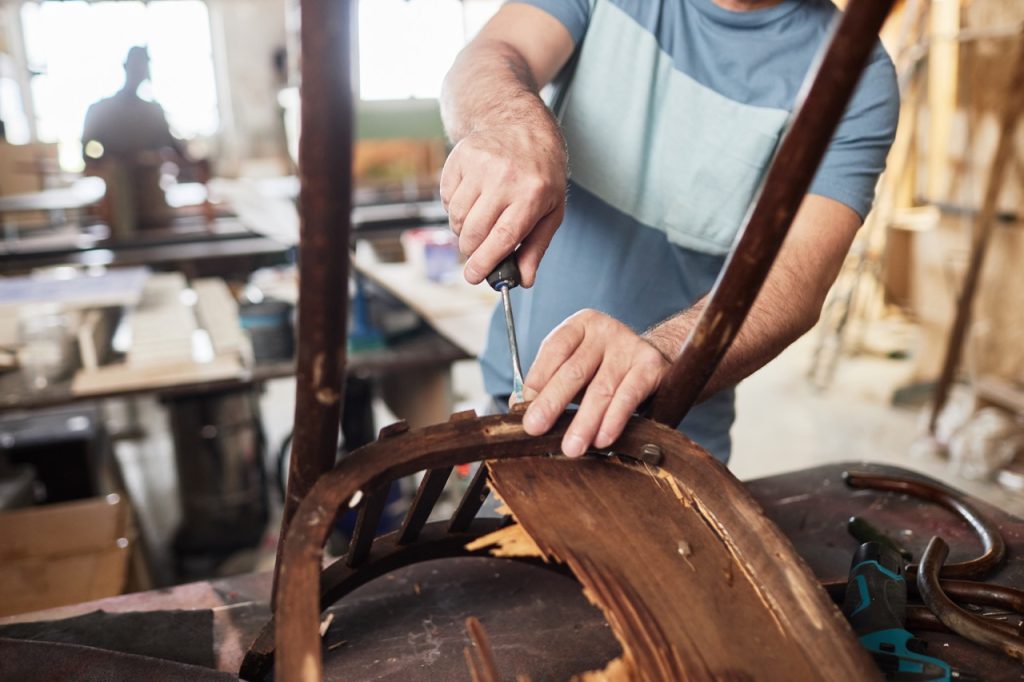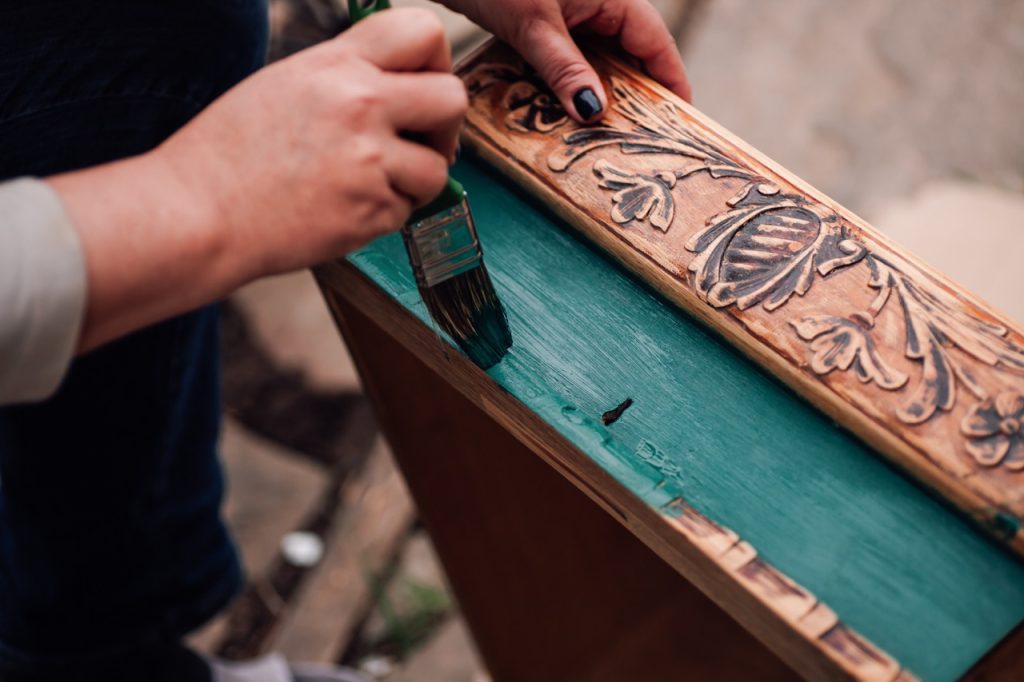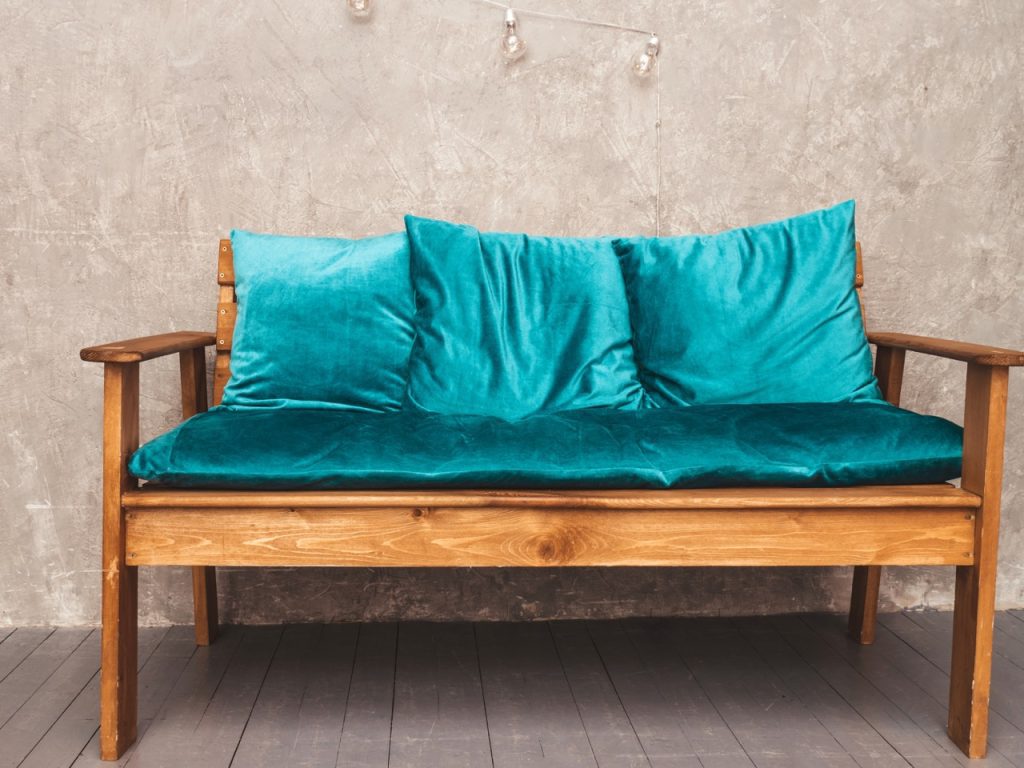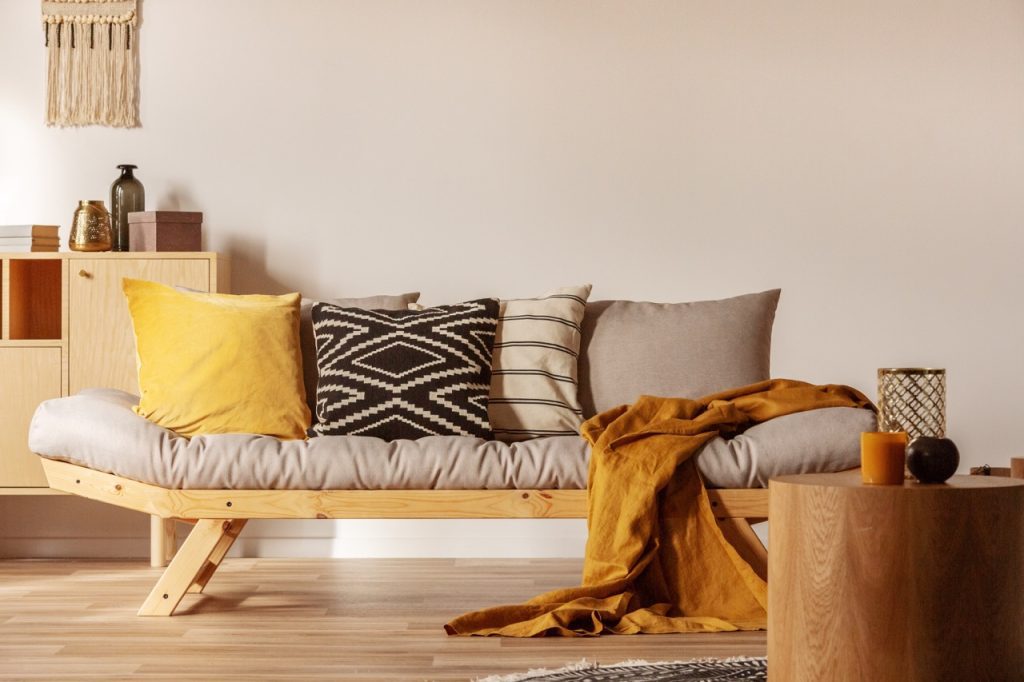Breathing New Life into Old Furniture
Restoring old furniture is not just a hobby; it’s a rewarding way to bring charm and history into your home. For Australian homeowners, this guide will inspire and equip you with the knowledge to turn forgotten pieces into stunning centrepieces. Whether you’re a seasoned restorer or a complete novice, we’ll uncover practical tips and insights to help you achieve beautiful results.

Cleaning and Preparing the Surface
Before you can start any repairs, the piece must be thoroughly cleaned. Dust, dirt, and old polish can hide imperfections and make it difficult for new finishes to adhere. Use a mild soap and water solution to clean the surface, and avoid harsh chemicals that can damage the wood.
Repairing Structural Damage
Once the piece is clean, focus on repairing any structural damage. Tighten loose joints with wood glue and clamps, and use wood filler to mend cracks and holes. Allow ample drying time to ensure the repairs are strong and durable.

Stripping Old Finishes
If the piece has an old finish that’s peeling or discoloured, you may need to strip it off. Use a chemical stripper or a heat gun to remove the old finish carefully. This step can be time-consuming, but it’s crucial for achieving a smooth, even surface for your new finish.
Sanding the Wood
Sanding is a vital step in the restoration process. Start with a coarse-grit sandpaper to remove any remaining finish and smooth out imperfections. Gradually move to finer grits for a polished, smooth surface. Sanding opens the wood’s pores, allowing better absorption of stains and finishes.

Staining and Finishing
Choosing the right finish can significantly impact the final look of your restored piece. Stains can enhance the wood’s natural grain, while paints offer a wide range of colours to match your decor. Apply the finish evenly with a brush or cloth, following the manufacturer’s instructions. Consider using a clear topcoat to protect the surface and add a professional touch.

Reupholstering Cushions
For furniture with cushions or fabric elements, reupholstering can make a dramatic difference. Choose a fabric that complements your design vision and is durable enough for everyday use. Remove the old fabric carefully to use as a pattern for the new one. Staple or sew the new fabric securely, ensuring it’s tight and wrinkle-free.

Adding Decorative Details
Once the primary restoration is complete, consider adding decorative details to personalise your piece. New knobs, handles, or trim can elevate the overall look. Be mindful of the original style of the piece and choose accents that enhance its character without overpowering it.
Maintaining Your Restored Furniture
Proper maintenance is key to preserving the beauty and functionality of your restored furniture. Regular dusting and cleaning with appropriate products will keep the surface looking fresh. Avoid placing the piece in direct sunlight or extreme temperatures, which can cause damage over time.

The Joy of Restoration
Restoring old furniture is more than just a task—it’s a creative and fulfilling process that allows you to express your style and craftsmanship. Each piece you restore tells a story and adds unique charm to your home. By following these steps, you’ll not only create beautiful furniture but also gain a deeper appreciation for the art of restoration.
